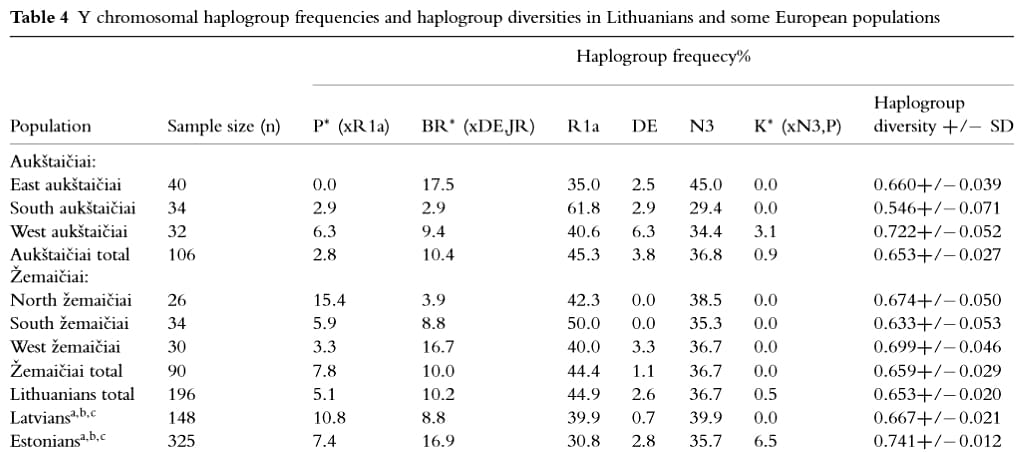Teutonic Knights were religious Brotherhood and did not get married, unless you have some idea, that Prussians were only Germanic descendants, which is not true. Somehow people(even in Baltic) think, that Baltic people were in Total War against invaders, but real picture is different - they fought among themselves and Germans gained foothold by landing military support whoever needed it. Some of the conversion mechanisms are very well explained in game Crusader Kings 2, where locals were granted titles, as mass killings of country folks were not economically viable. That's why fighting sides in these wars also took hostages in enemy territory and settled them in their own lands.
Prussian languages were used up till 17th century and it coincides with influx of refugees from protestant areas and Prussia was part of most bloodiest war in European history, but claiming that it made Prussians extinct is far stretch. Reasons why Prussian language went extinct is in not because they died out, but because Protestantism was their main self-identification and Prussian languages were pushed out of use for other - economical and educational reasons, where more and more educated Prussians simply switched to German language, as Prussian was language of country folks. And that is main difference from Latvia or Estonia, where only ruling class adapted German language and distanced themselves from much larger native population, who used different language and to whom education became available centuries later(under Swedes) than Prussians had it.
Also, there is some wrong idea, that Lithuania was driving force in fighting against Teutonic Order, which is not really true - the ones that fought against Teutonic Order were Prussians, and later Samogitians. Lithuanians quite regularly invaded Samogitia and even gave it as a present to either Teutonic or Livonian Order. Up to 1400 Lithuania had no power over Samogitia, as it was governed by Samogitian Eldership, which was not under Lithuania. Teutonic order did not even reached Lithuanian lands, but ravaged lands of other tribes, which Lithuania later claimed as their own. Wars in ancient times were not fought exclusively by religious reasons, but also economical - pillaging, ransoms, trade arguments, etc. - nothing much has changed in modern times.
A lot of Prussians who escaped war, settled in Lithuania and became Lithuanians - and prior WW2 in part of Prussia was known as little Lithuania, as some of the locals were either of Lithuanian descent or Prussians, who switched to Lithuanian. Also there was always steady influx of Kursenieki in 19th century from north up to Poland, who settled mainly in shore area, so it is not that only non-Baltic people settled in Prussia.
Genetically, Prussians had some(probably - quite a large part) Prussian heritage in them, even if they mixed with others, but similar mixing was going on everywhere else. There are still Prussian descendants of those replaced people, that primarily now live in Germany, so all is fair, if map that shows N1a uses data from Prussian descendants. There might be some N1a influx from Scandinavian vikings, but the main N1a source in modern Baltic populations comes from East and is not related to vikings, though. I think, that this thread was used to look for descendants of those Scandinavians, but somehow data is not readily available to make final conclusions.



